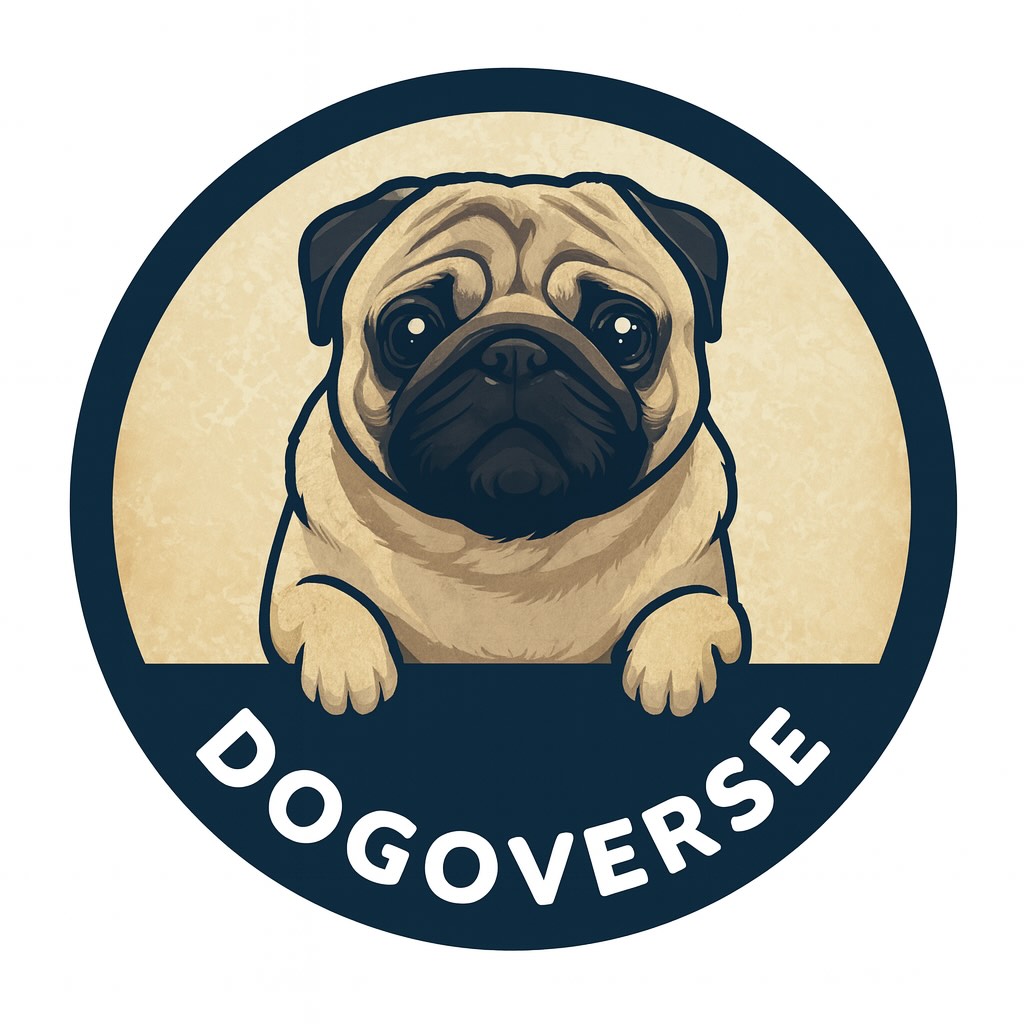🐶 Dog Eye Care Guide
Your dog’s eyes are precious — just like yours. Learn how to spot signs of eye issues early, care for them at home, and when to see a vet.
🔍 Common Eye Problems
- Red or Bloodshot Eyes: Could signal irritation, allergy, or even infection. Persistent redness needs vet attention.
- Excessive Tearing or Discharge: Watery eyes or gooey buildup may point to blocked tear ducts or conjunctivitis (pink eye).
- Cloudy or Bluish Eyes: Can be a sign of cataracts, glaucoma, or aging-related eye conditions.
- Squinting or Keeping Eyes Closed: Indicates discomfort or pain — often caused by dust, scratches, or infection.
- Rubbing Face or Eyes on the Floor: If your dog frequently paws at their eyes or rubs against furniture, it’s a red flag for eye irritation.
- Visible Third Eyelid: Dogs have a third eyelid that may appear when they’re unwell, tired, or have an eye issue.
🏠 Basic Home Care Tips
- Wipe away eye boogers or dirt gently with a clean, damp cotton ball.
- Use saline solution (vet-approved) to rinse out minor dust or debris.
- Avoid letting fur poke into your dog’s eyes — regular grooming helps.
- Prevent dogs from sticking their head out of a moving car window — dust or insects can damage their eyes.
💊 Common Eye Medications
Only use vet-prescribed eye drops or ointments. Self-medication can be dangerous. Commonly prescribed meds include:
- Gentamicin Eye Drops (for bacterial infections)
- Artificial Tears (for dry eyes or allergies)
- Cyclosporine (for chronic dry eye condition)
🚨 When to Visit a Vet
Visit a vet immediately if you notice:
- Eye is swollen or bleeding
- Persistent discharge or foul odor
- Dog shows signs of vision loss or bumping into things
- Eye appears suddenly cloudy or bulging
🧡 Gentle eyes deserve gentle care. When in doubt, always consult a trusted vet near you.
